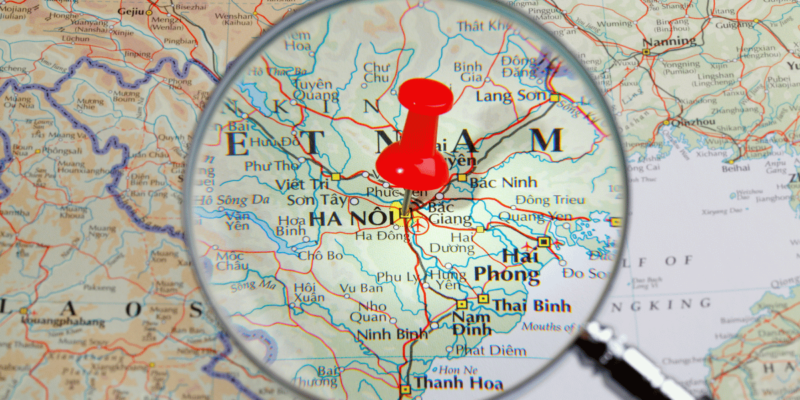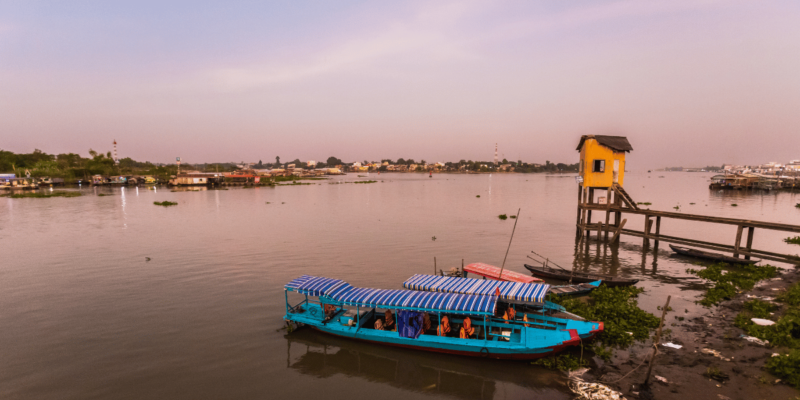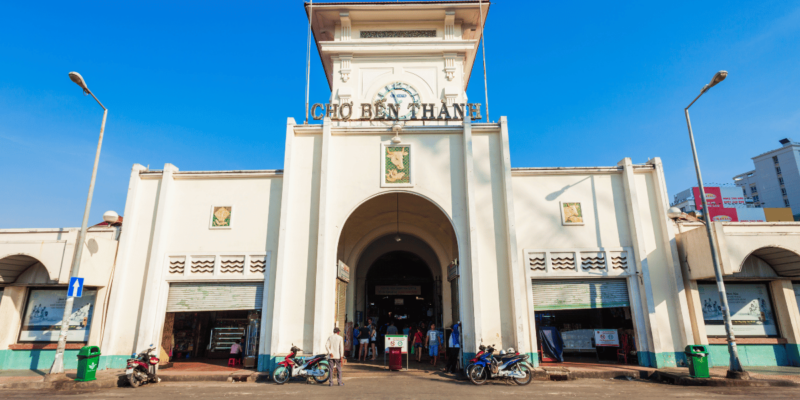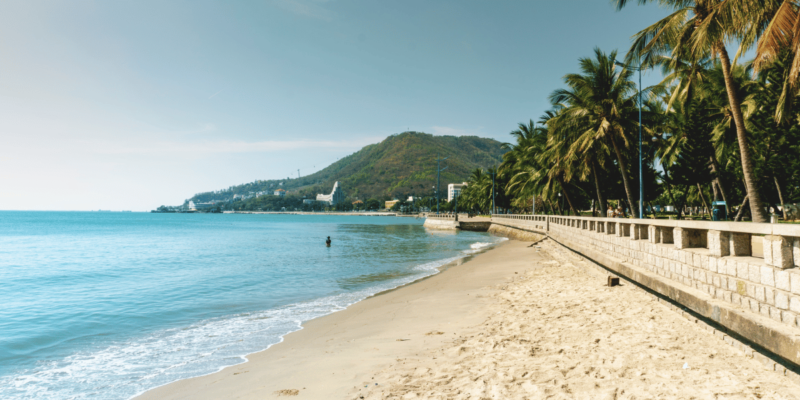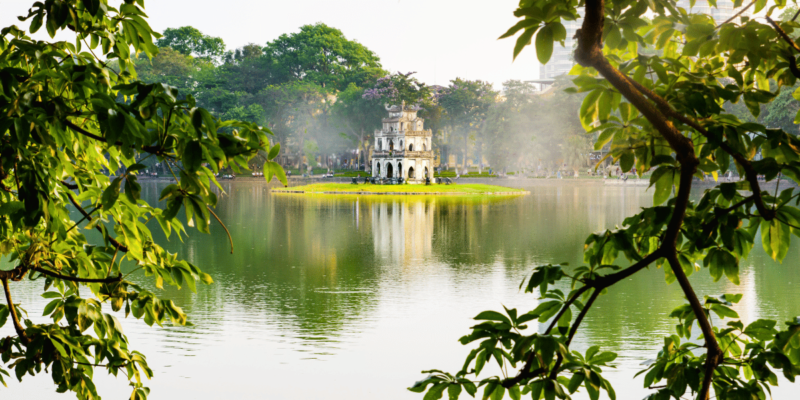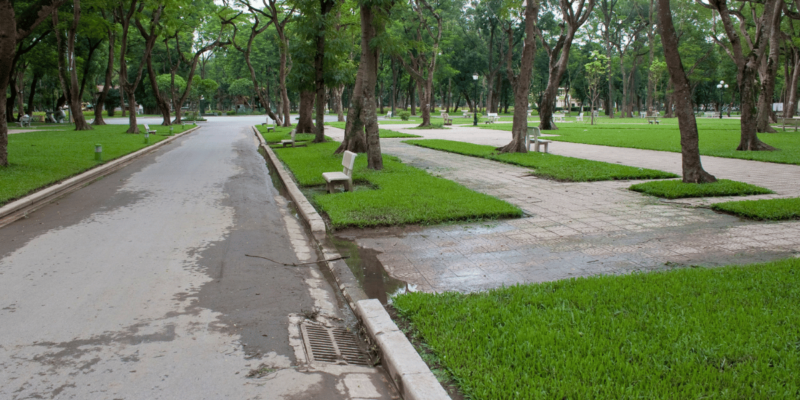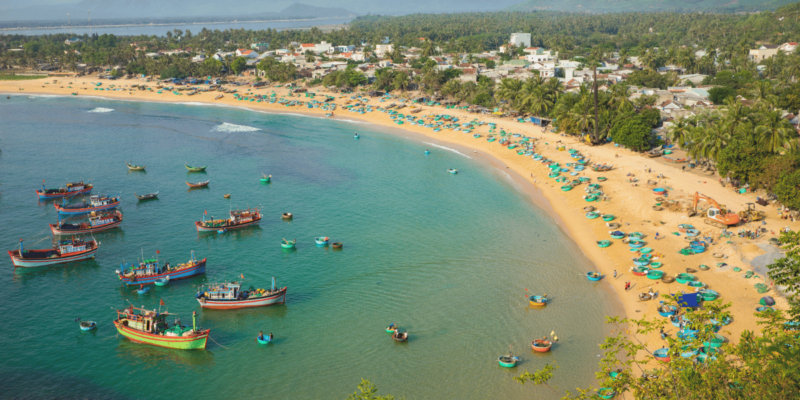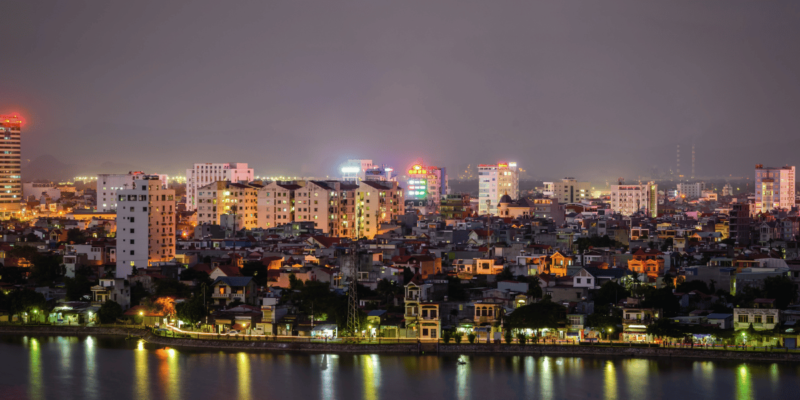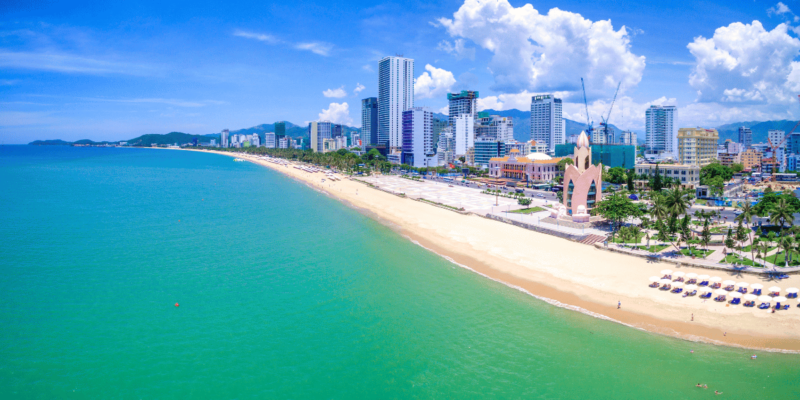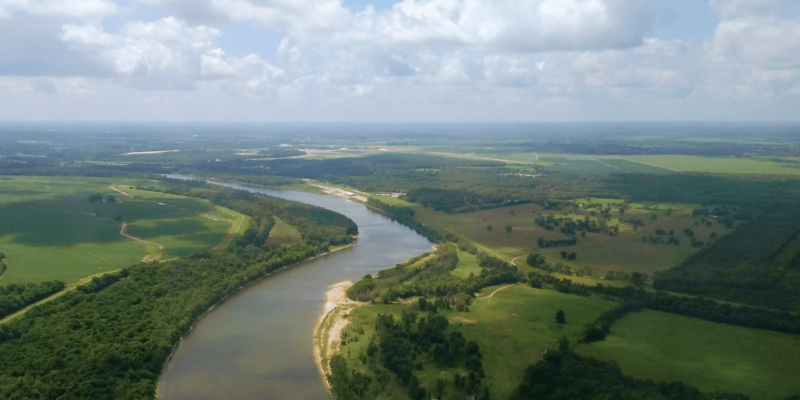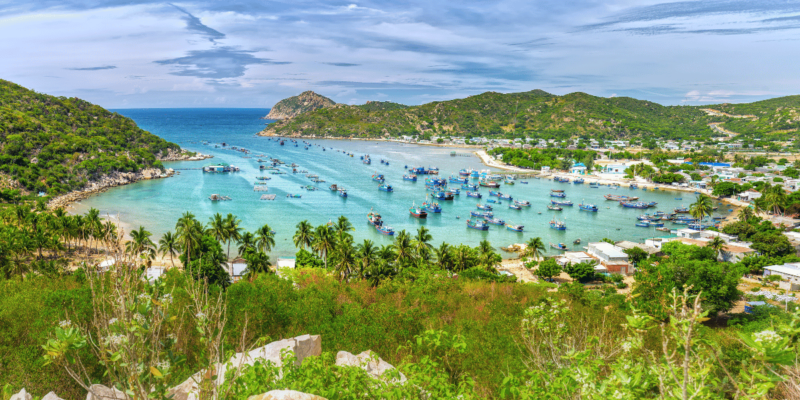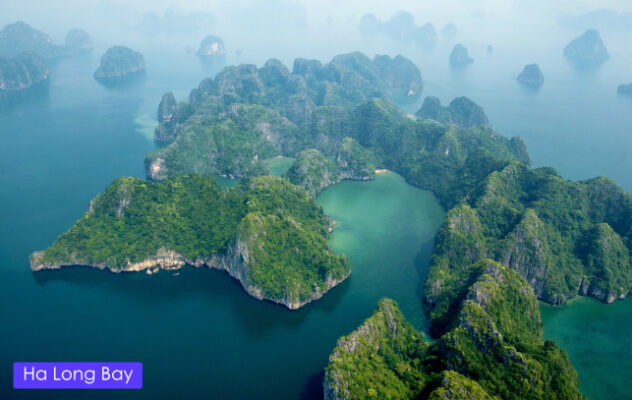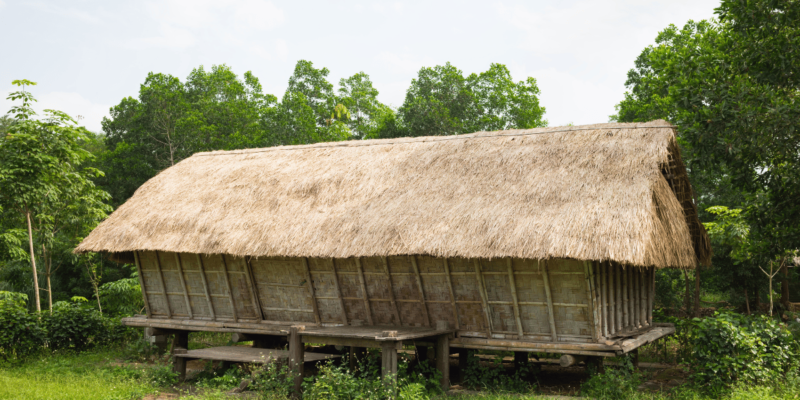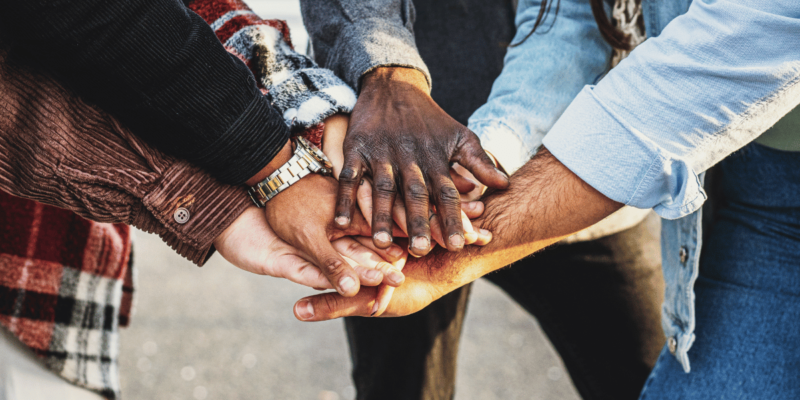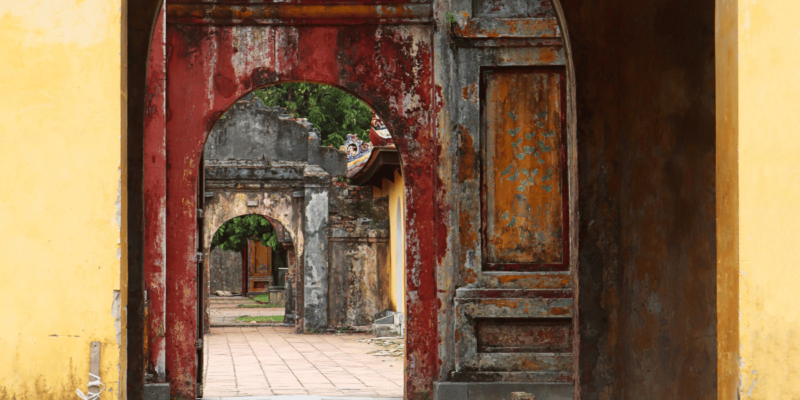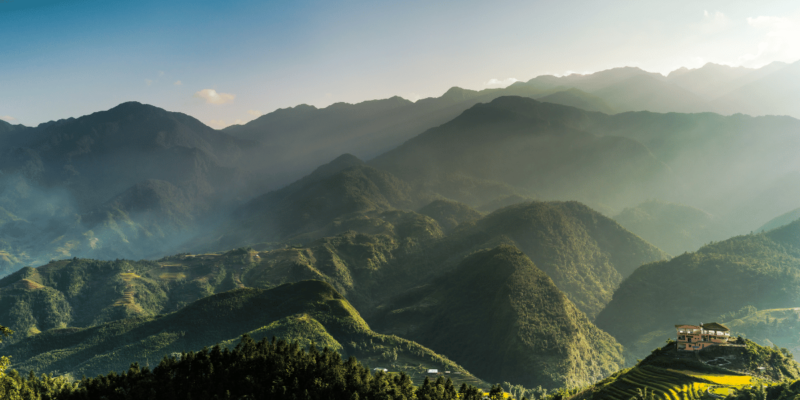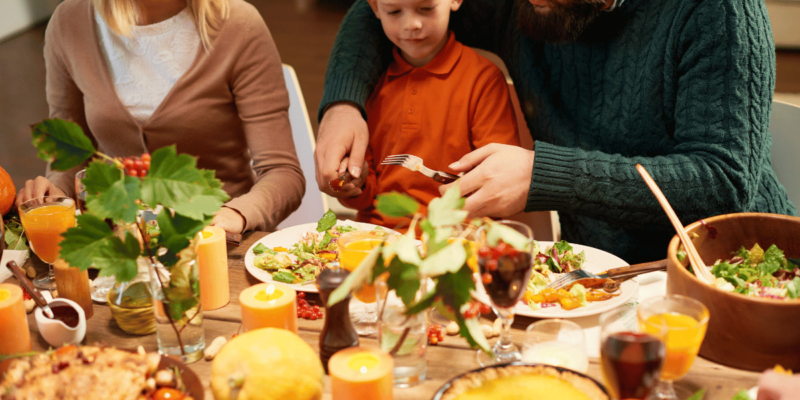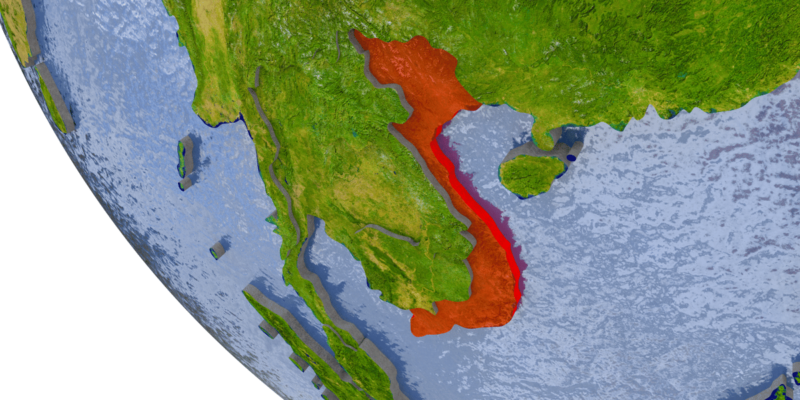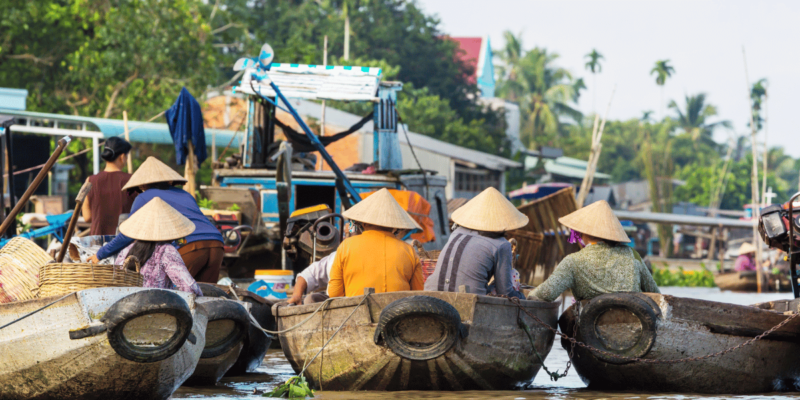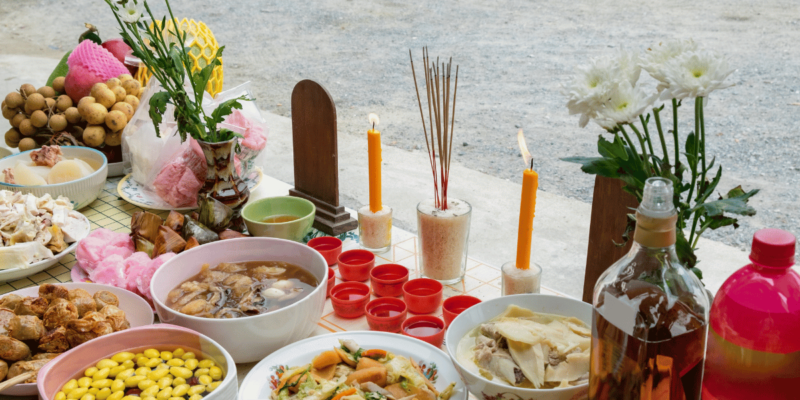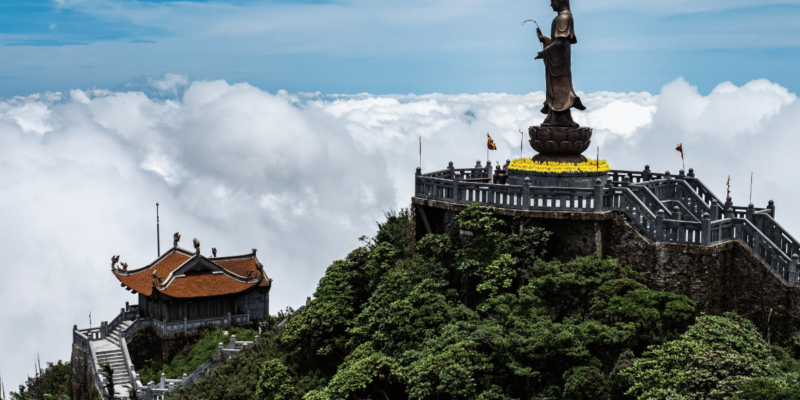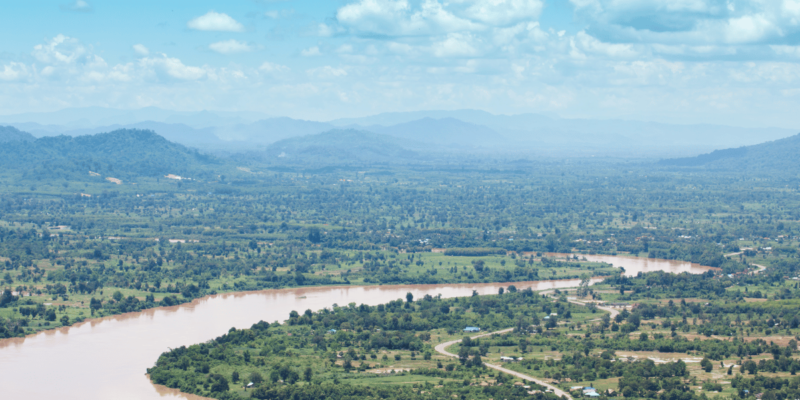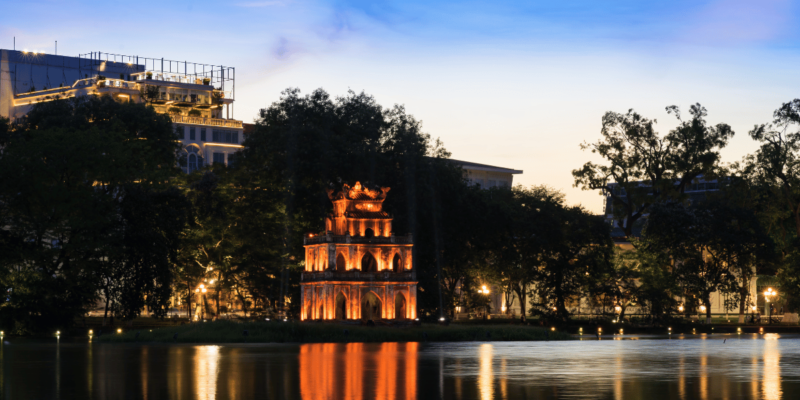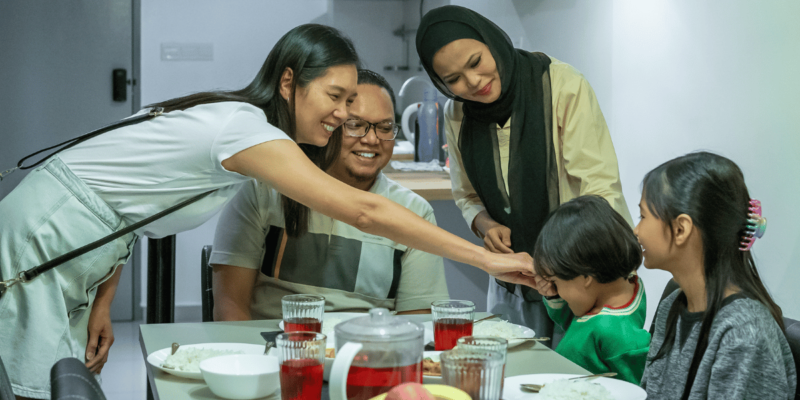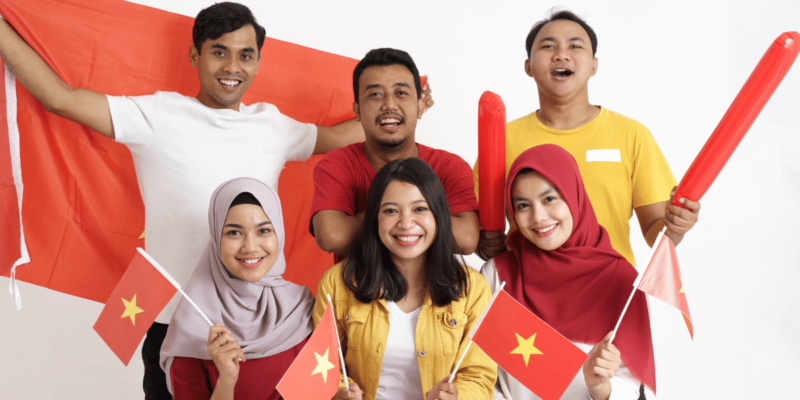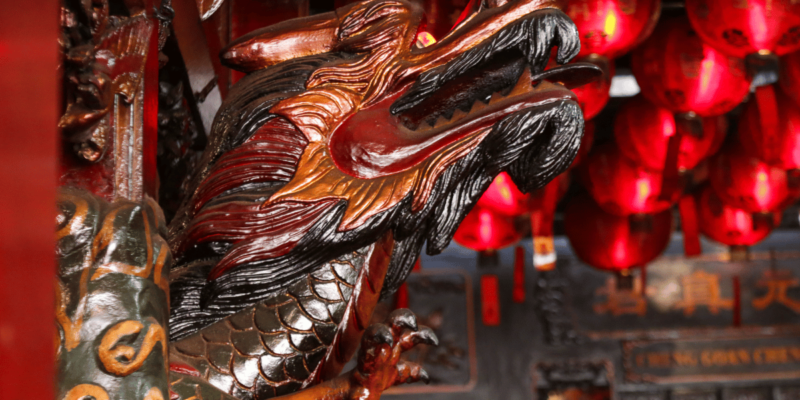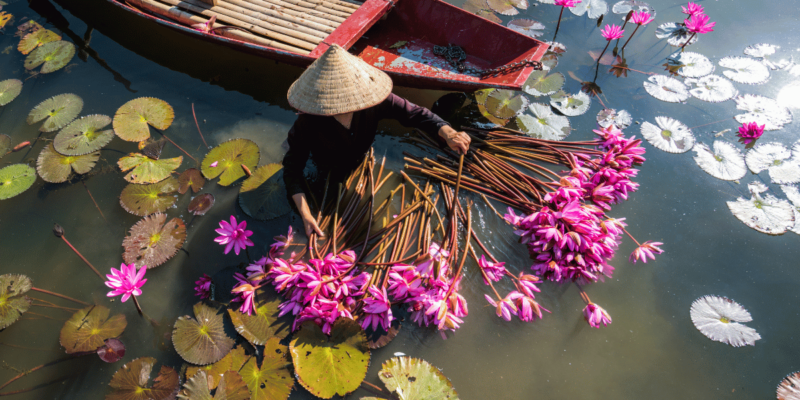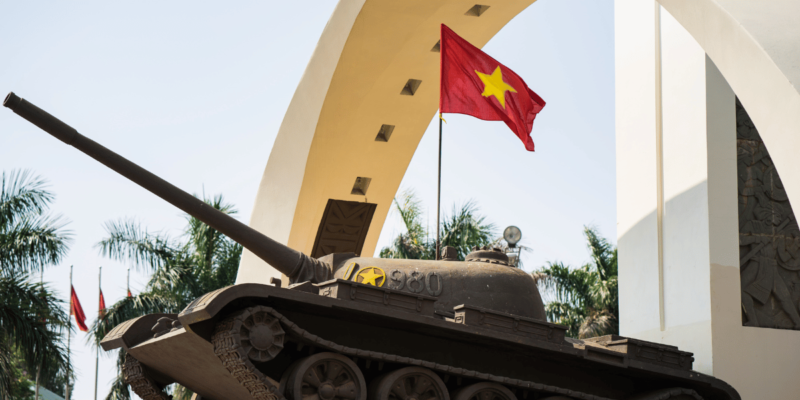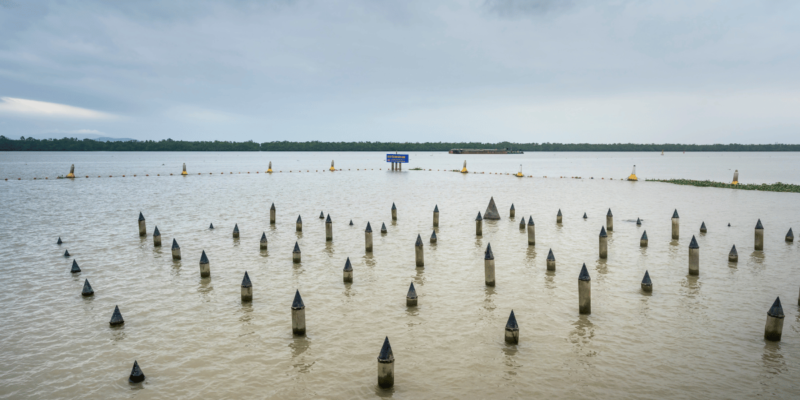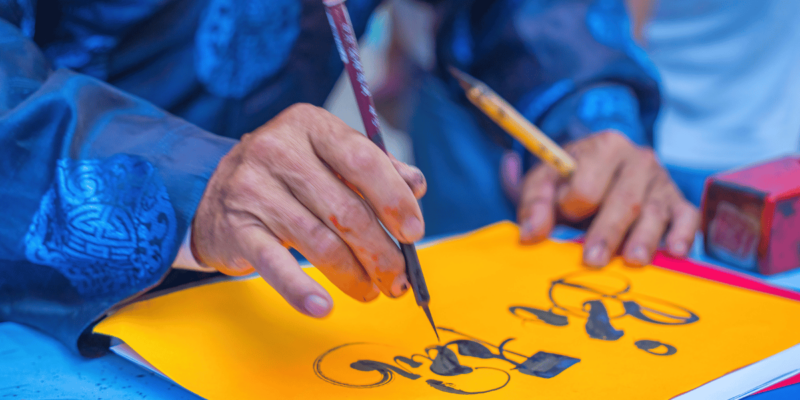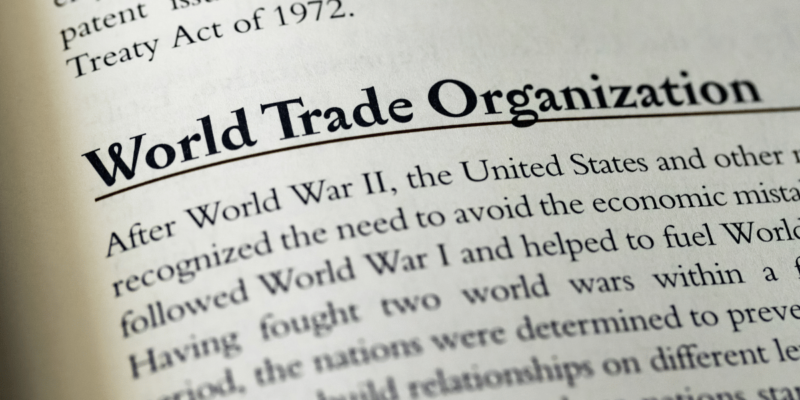Vietnam’s Religious Landscape: A Mosaic of Spiritual Diversity
Vietnam’s religious tapestry is intricate and multifaceted, reflecting a complex interplay of historical influences and cultural identities. While ostensibly a Buddhist nation—with approximately 80% of the population identifying as Buddhists—the religious landscape is far from monolithic. Pagodas and Buddhist festivals are ubiquitous, reflecting Buddhism’s prominence. However, Vietnam’s religious practice transcends singular belief systems, incorporating elements from various faiths and traditions.
Syncretism in Vietnamese Religious Practice
Central to understanding Vietnamese spirituality is the concept of “tam giao” or “triple religion,” which illustrates the blending of three major doctrinal influences: Confucianism, Taoism, and Buddhism, intertwined with local animist practices. This syncretism forms a unique religious ethos where ancestral worship and respect for nature play significant roles. Unlike in many cultures where religious identity is exclusive, many Vietnamese embrace a hybrid of beliefs, often practicing elements of multiple religions simultaneously.
The Influence of Confucianism and Taoism
Confucianism’s impact is evident in the societal emphasis on filial piety, respect for hierarchy, and the moral duties of individuals. Taoism contributes a layer of metaphysical speculation, mysticism, and ritual practices that address the balance of yin and yang and the flow of chi, or life force, through all living things. These elements are seamlessly integrated with Buddhist thought, which provides a philosophical framework focused on enlightenment and ethical living.
Christianity and Other Religious Influences
Christianity, though a minority faith, has a vivid history in Vietnam. Catholicism, introduced by European missionaries in the 16th century, has developed a unique Vietnamese character. Many Catholics still engage in ancestral worship, subtly blending Christian and traditional Vietnamese practices. Despite initial resistance and periods of severe persecution—most notably during the French colonial era and the U.S.-Vietnam War—Christianity has persisted and now flourishes under more relaxed religious policies.
Religious Policy and Freedom Post-Reunification
Post-1975, Vietnam’s government, adhering to Marxist principles, initially imposed strict regulations on religious practices, viewing them as potential threats to socialist ideals. This period saw the confiscation of religious properties and the re-education of religious leaders who were aligned with the former South Vietnamese regime. However, the Đổi Mới reforms of 1986 marked a significant shift, leading to the restitution of properties and greater religious freedoms, enshrined within the national constitution.
Today, the government recognizes the role of religion in promoting social stability and moral values amidst rapid socio-economic changes. While the state maintains oversight to prevent political exploitation of religion, there is a broader acceptance and facilitation of religious expression.
Contemporary Challenges and International Perceptions
Western critiques often focus on perceived restrictions and human rights issues related to religious practices in Vietnam. These reports argue that religious freedom is not fully realized, a claim that is contested by both the Vietnamese government and many domestic religious leaders. The reality is nuanced, with the government balancing the promotion of religious harmony and the prevention of divisive or destabilizing influences.
Vietnam’s approach to religion exemplifies its broader cultural ethos: one of integration and adaptation. As the country continues to evolve, so too does its spiritual landscape, reflecting the enduring and dynamic nature of Vietnamese culture and its people’s resilient spirit.

